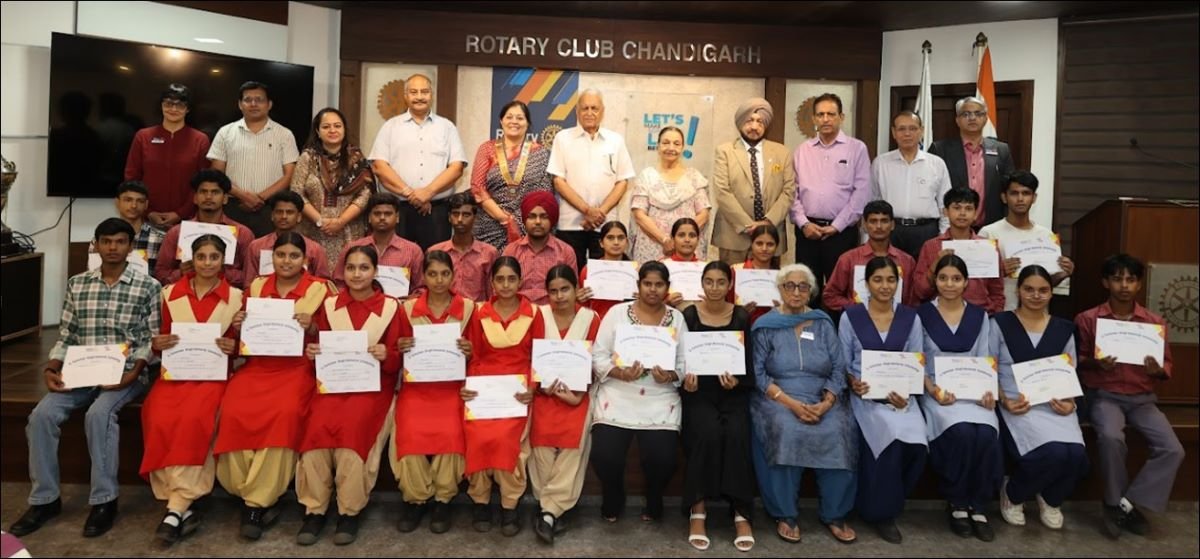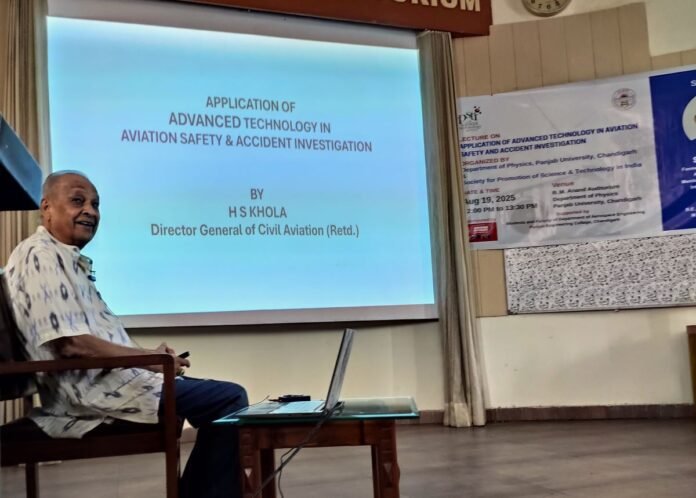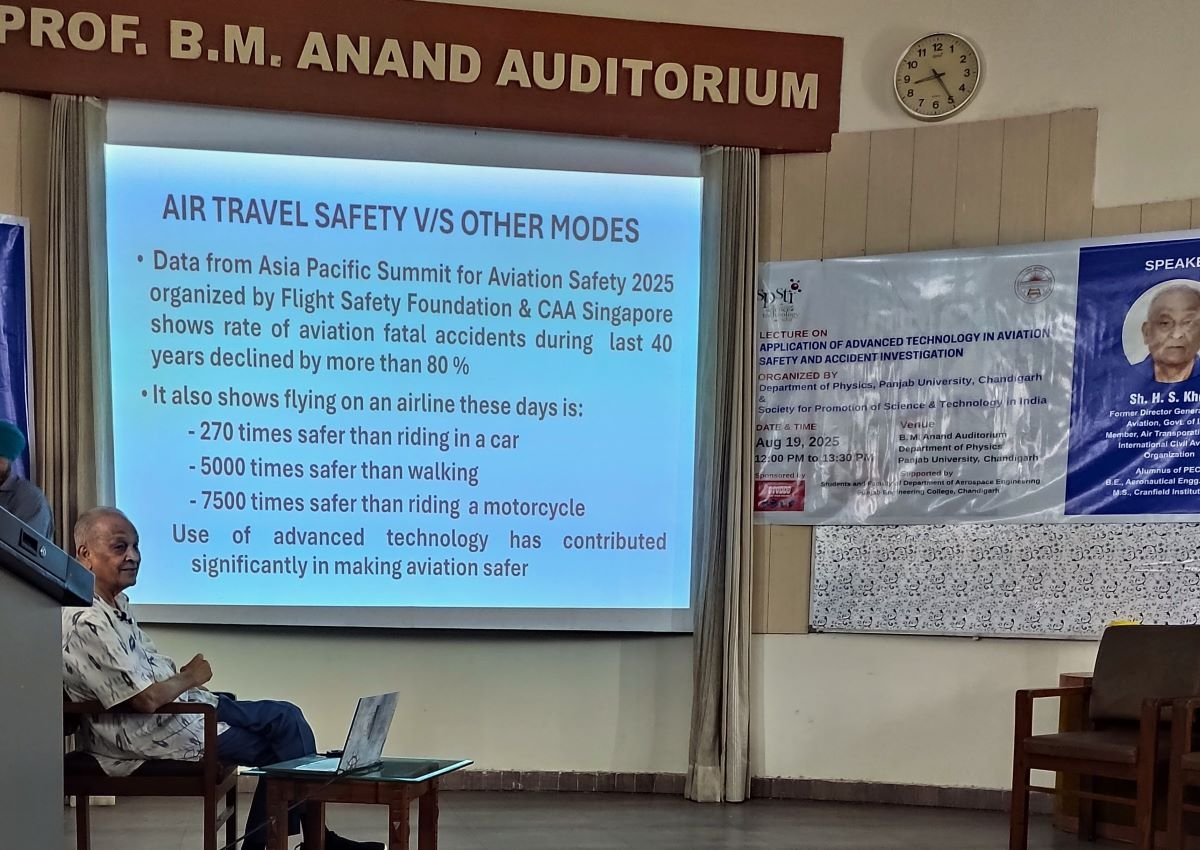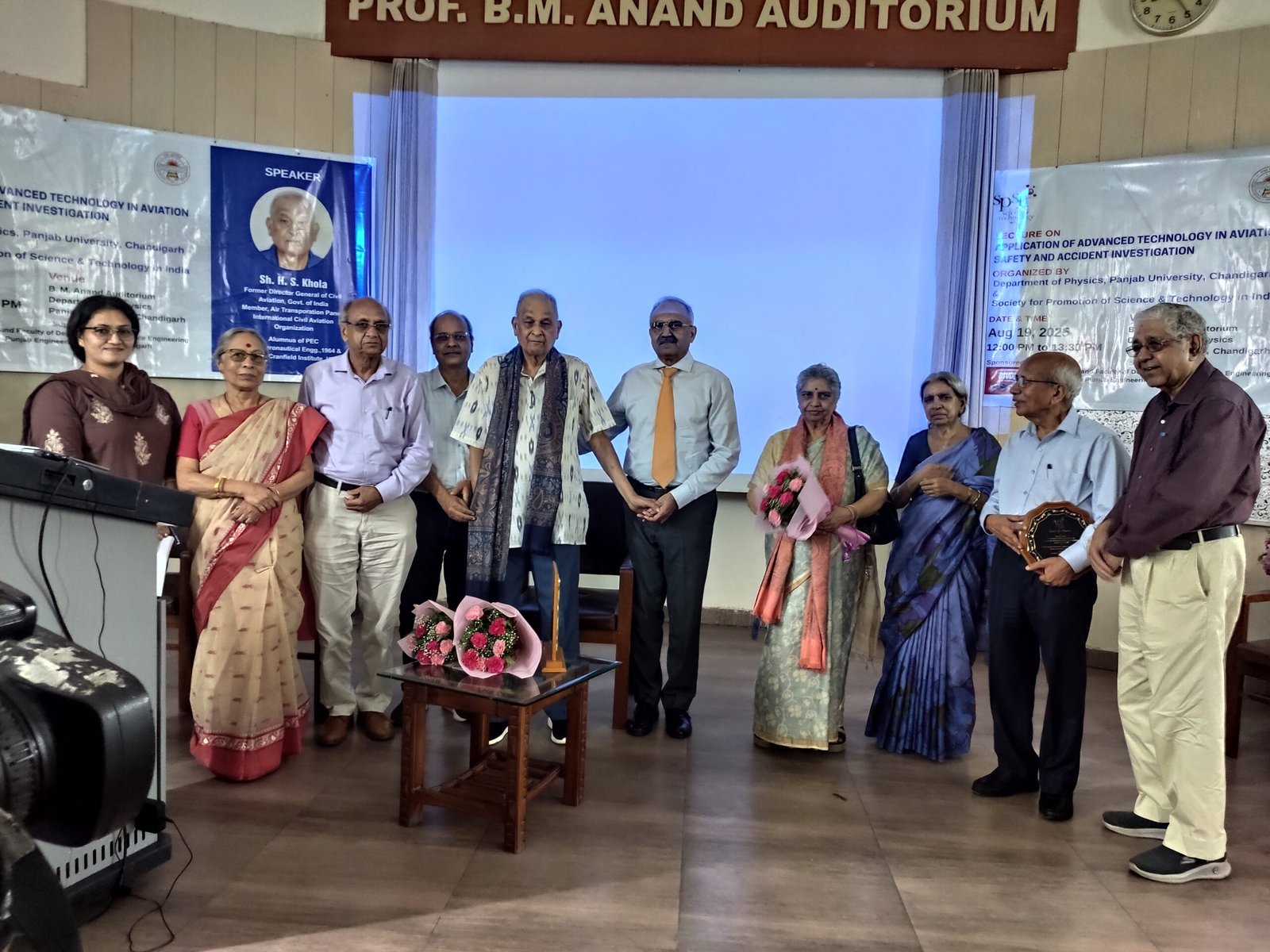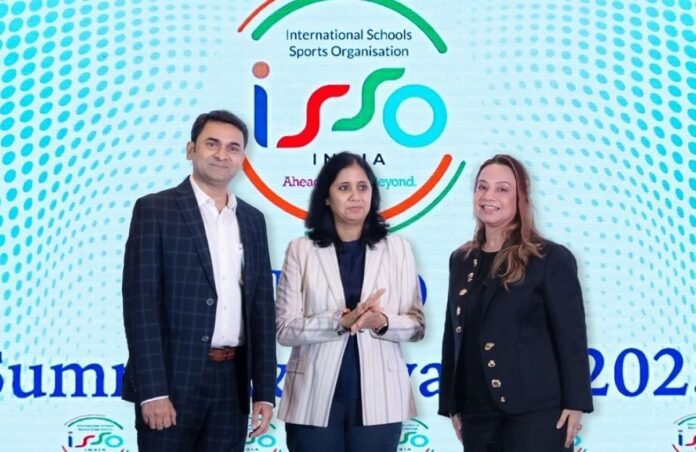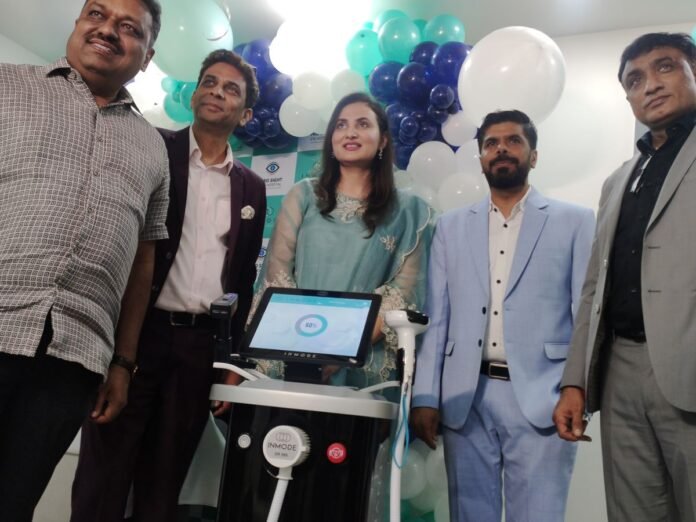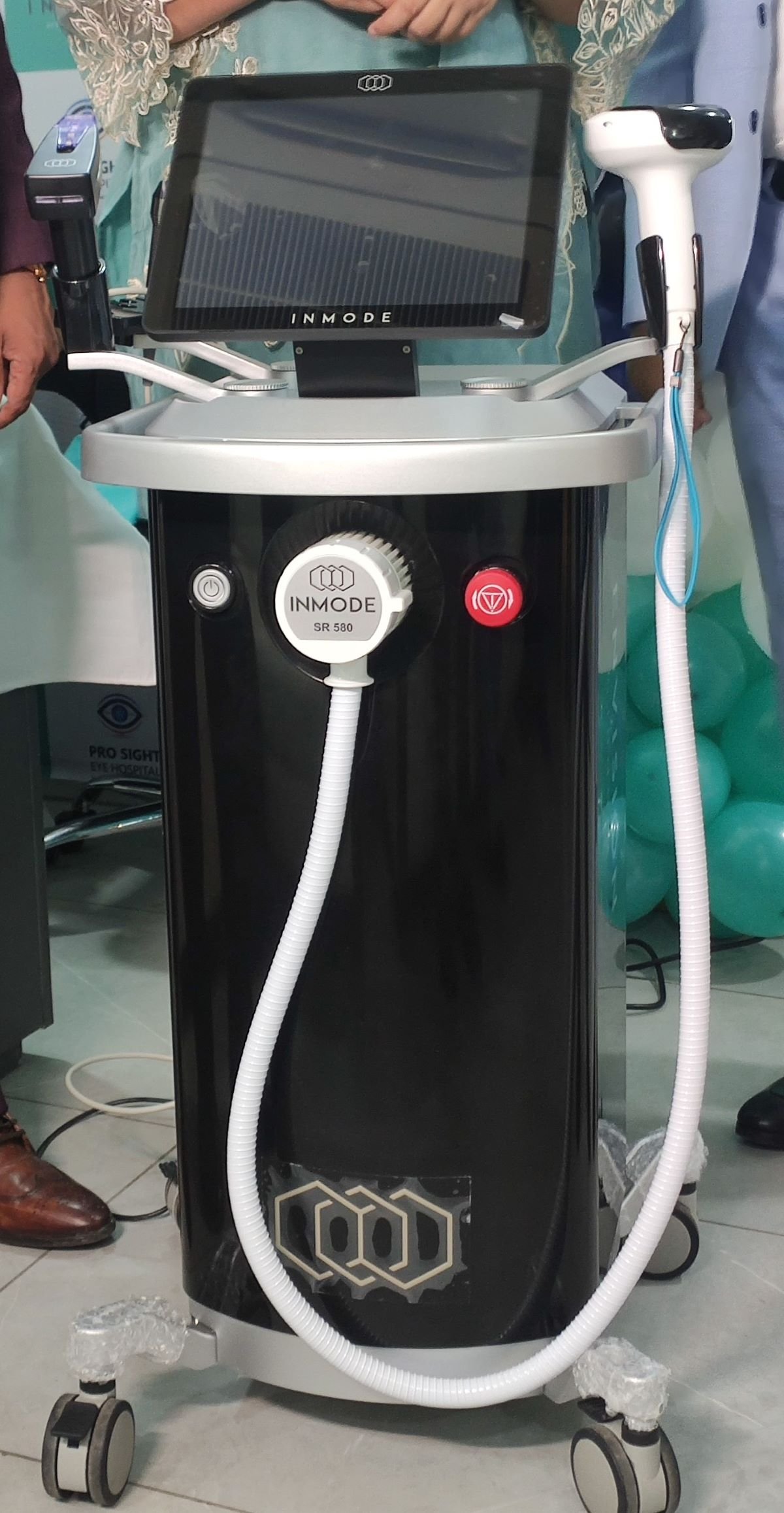If a greater number of women are succeeding in their entrepreneurial endeavours despite continuing challenges like financial hurdles, skill gaps, societal barriers, and fear of failure, etc. it is something to be celebrated, the aim being to encourage others to take the plunge and further strengthen the ecosystem around them for success.
With this resolve, the Chandigarh chapter of TiE, the world’s largest community of entrepreneurs, is hosting its flagship programme “Parivartan Ka Utsav – Udaan’ of women entrepreneurs at Chandigarh Club on September 19.
Addressing a media event in Chandigarh on Tuesday, Pooja Nayar, Chair – TiE Women Chandigarh, Prerna Kalra, Isha Taneja and Ritika Singh shared that “Parivartan ka Utsav – Udaan signifies transformation, empowerment, and the rise of women as changemakers. The theme reflects a shift in mindset, recognizing women not just as participants but as leaders driving innovation, building enterprises, and contributing to the economy.
“Through powerful pitches, stories of resilience, and a showcase of women-led ventures, the evening aims to inspire collaboration, strengthen the entrepreneurial ecosystem, and accelerate the impact of women entrepreneurs on society and business,” they added.
The showcase at the event will feature booths put up by 35 women-led startups in various fields like coaching, organic beauty products, sustainability, jewellery, perfumes, etc.
The evening will begin with a special conversation featuring Ms. Divita Juneja, actress & entrepreneur; and Ms. Himani Arora, Founder, Studio Himani Arora, to be moderated by Ms. Opinder Kaur Gill, entrepreneur & community builder.
Ms. Gurpreet Kaur Deo, the first woman IPS officer of Punjab cadre, will be the distinguished speaker, and there will be panel discussions on “Leap of Faith: From Side Hustle to Sustainable Business” featuring Nanki Aurora Singh, Founder – The Secret Ice Cream Society; Ritu Kochhar, Founder – Inter National Institute of Fashion Design (INIFD); Akshina Jindal, Founder & CEO – Bubble Me, to be moderated by Tanushree Gupta, Co-Chair TiE Women & Founder – Think People First.
Adding another dimension to the evening, Shuchi Singh, Dance Movement Therapist, will present an experiential session titled “Power of Movement”, highlighting how expression and resilience come alive through dance, creativity, and the body’s natural rhythm.
Listing out some of TiE’s regular programs, Pooja Nayar said to catch them young, TiE under its Young Entrepreneurs Program (TYE) is helping foster entrepreneurship mindset among school students of classes 9 – 12.
TiE University program enhances college learning with mentoring by real life entrepreneurs, bootcamps, workshops, internships, local and global networking and access to funding sources. TiE University (TiE U) supports college startups and founders in transforming their entrepreneurial ideas into viable, sustainable businesses. The program facilitates this growth by organizing events and engagements that connect startups with TiE members, external mentors, coaches, and ecosystem partners, fostering a collaborative environment for innovation.
TiE Women is another initiative by TiE dedicated to supporting and encouraging women entrepreneurs by providing them with mentorship, resources, and a strong network. This initiative aligns with TiE’s broader mission to nurture the next generation of entrepreneurs and build an inclusive entrepreneurial ecosystem.
For more about TiE Chandigarh: https://chandigarh.tie.org/

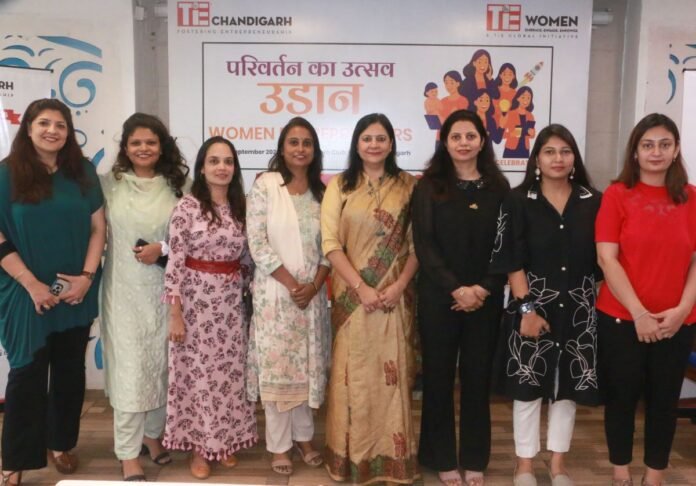
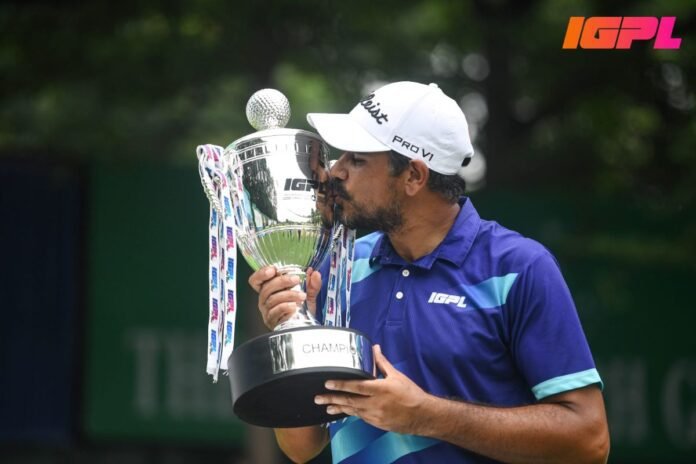

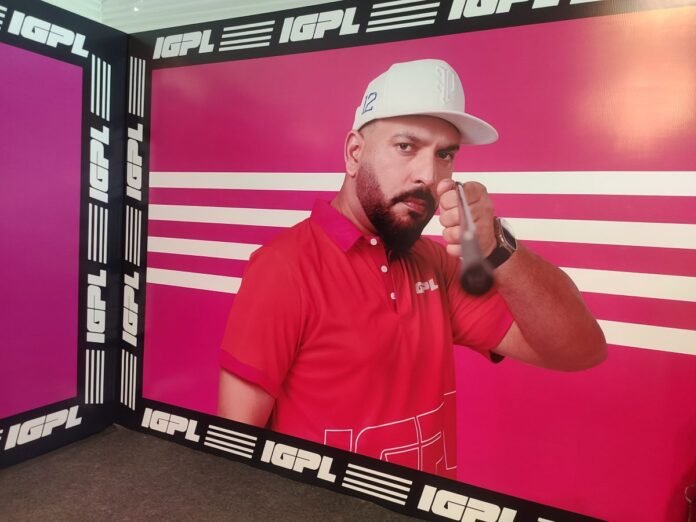
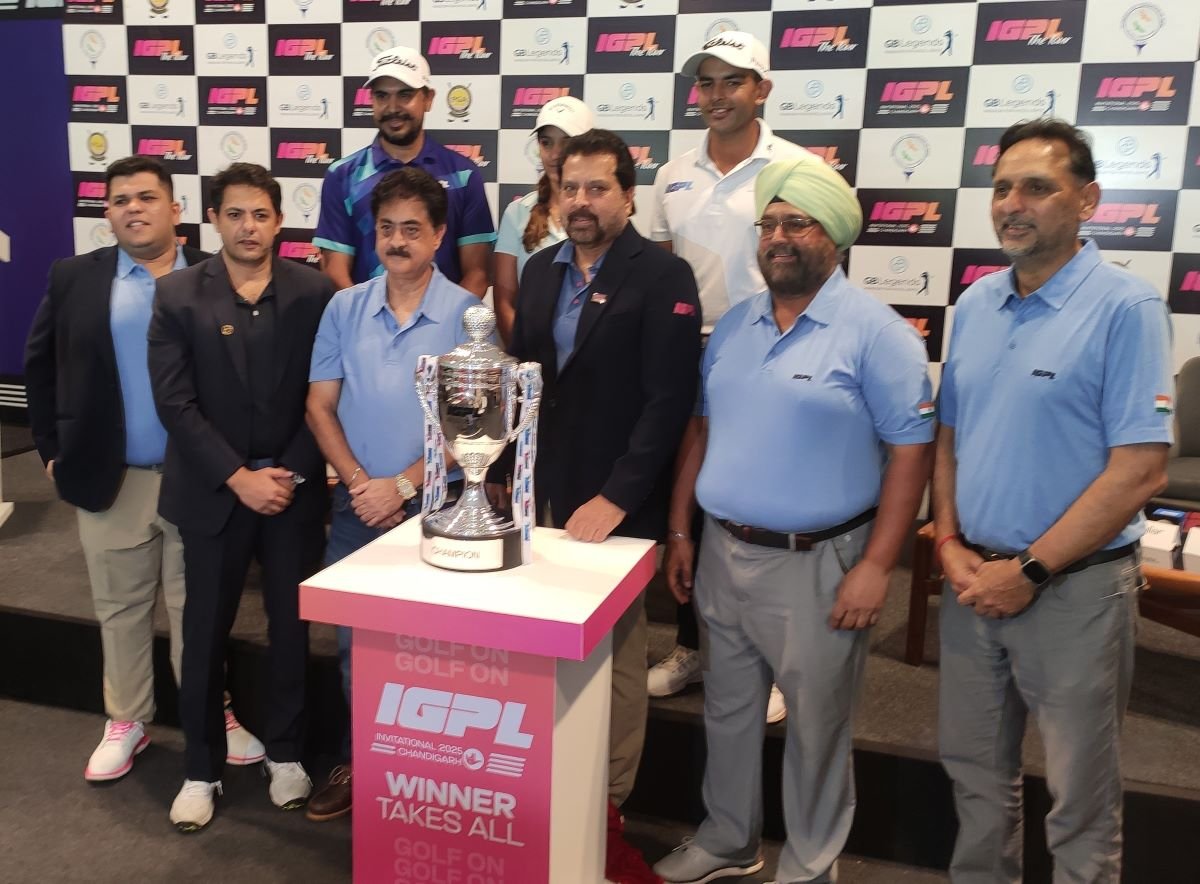
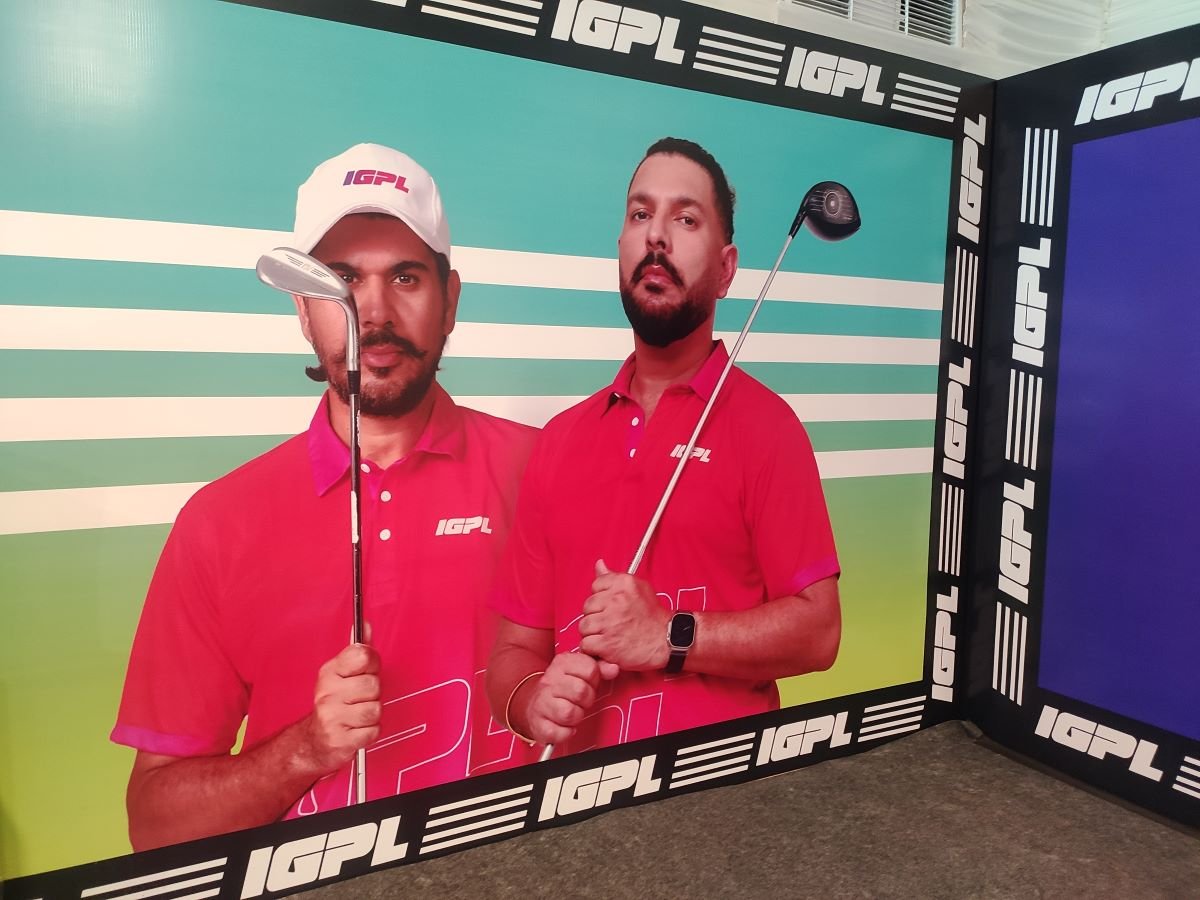
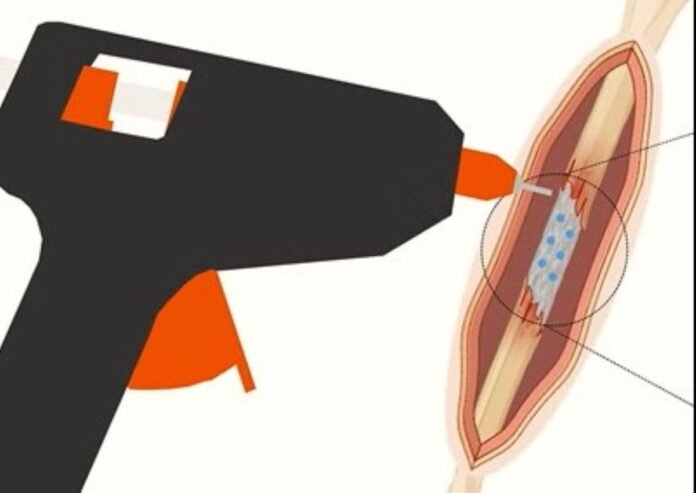
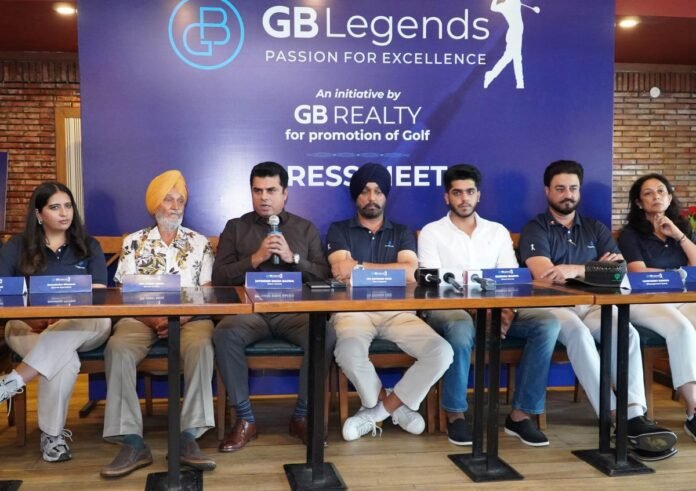
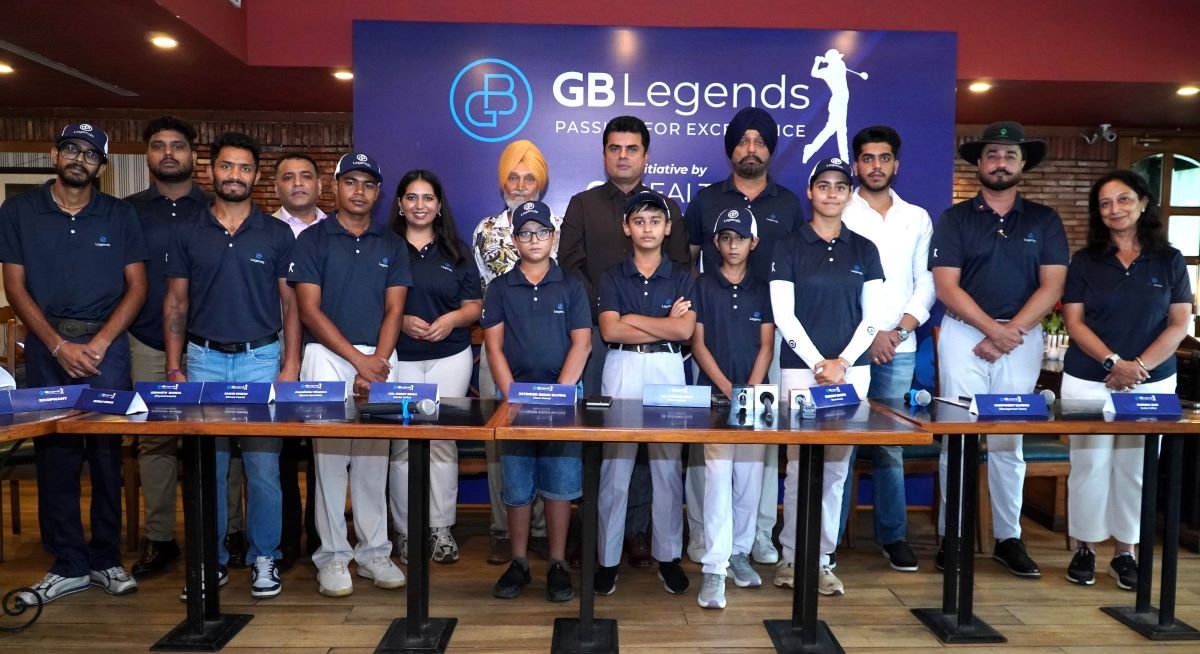 Addressing a press meet at the CGA Golf Range in Chandigarh on Tuesday, GB Legends co-owners Gurnav Bhatti and Jatinder Singh Bajwa said “besides competing strongly in the CGL, our team’s aim is to build a pipeline of future golfing stars from Chandigarh and beyond, creating a talent pool. The mentorship program is designed to identify and mentor raw talent, provide access to world-class coaching and resources, and create a sustainable, inclusive golf ecosystem in Chandigarh.”
Addressing a press meet at the CGA Golf Range in Chandigarh on Tuesday, GB Legends co-owners Gurnav Bhatti and Jatinder Singh Bajwa said “besides competing strongly in the CGL, our team’s aim is to build a pipeline of future golfing stars from Chandigarh and beyond, creating a talent pool. The mentorship program is designed to identify and mentor raw talent, provide access to world-class coaching and resources, and create a sustainable, inclusive golf ecosystem in Chandigarh.”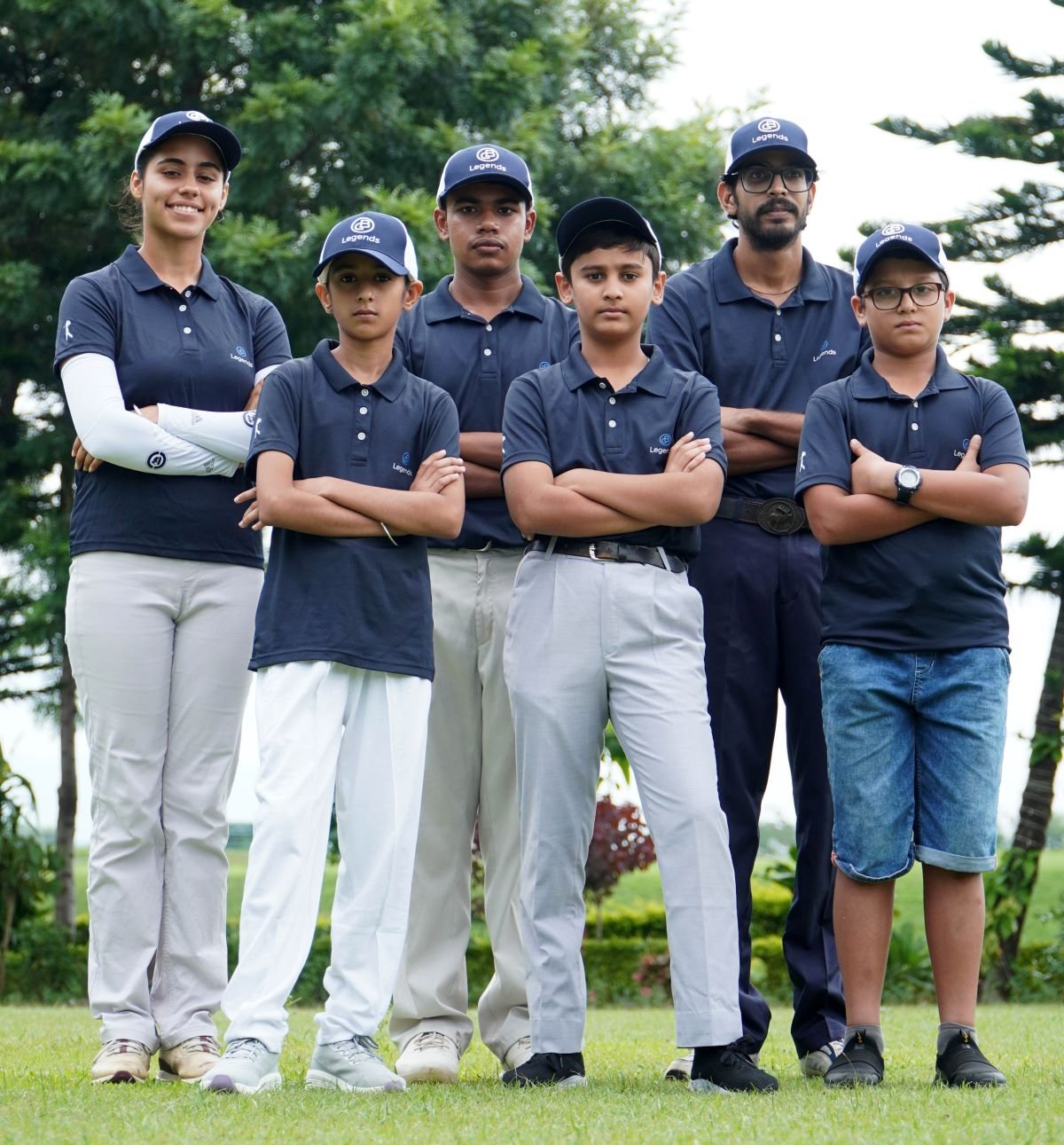
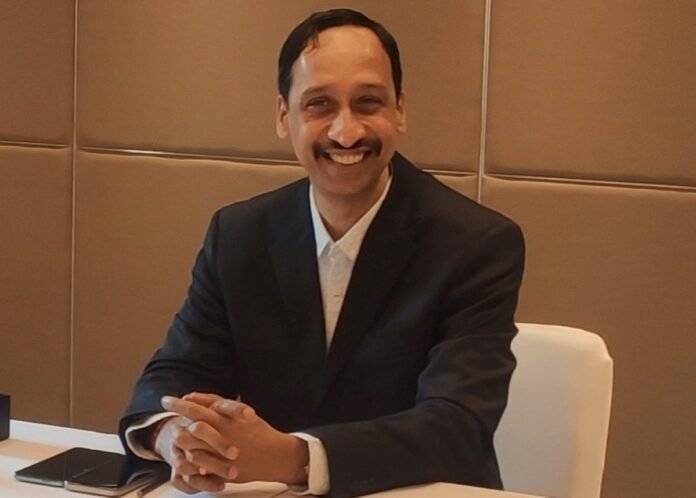
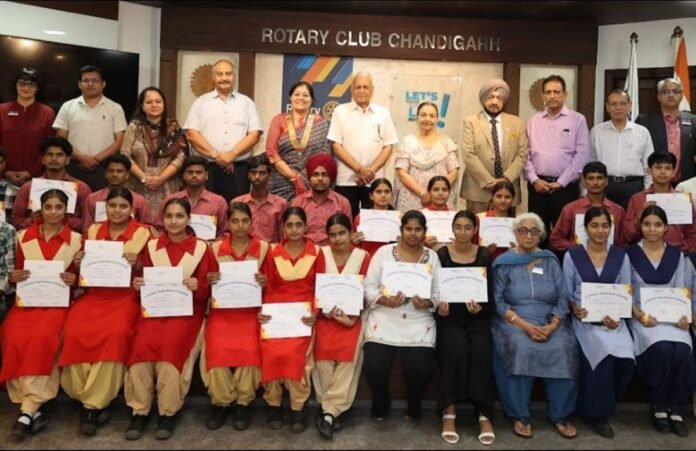
 Speaking on the occasion, Rotary Club Chandigarh President Abha Joshi Sharma applauded the family of late Mr Satbir Singh Kohli for five years back taking upon itself the responsibility of helping deserving students on need and merit basis in their educational pursuits to perpetuate the memory of Mr Tarlochan Singh Kohli.
Speaking on the occasion, Rotary Club Chandigarh President Abha Joshi Sharma applauded the family of late Mr Satbir Singh Kohli for five years back taking upon itself the responsibility of helping deserving students on need and merit basis in their educational pursuits to perpetuate the memory of Mr Tarlochan Singh Kohli.